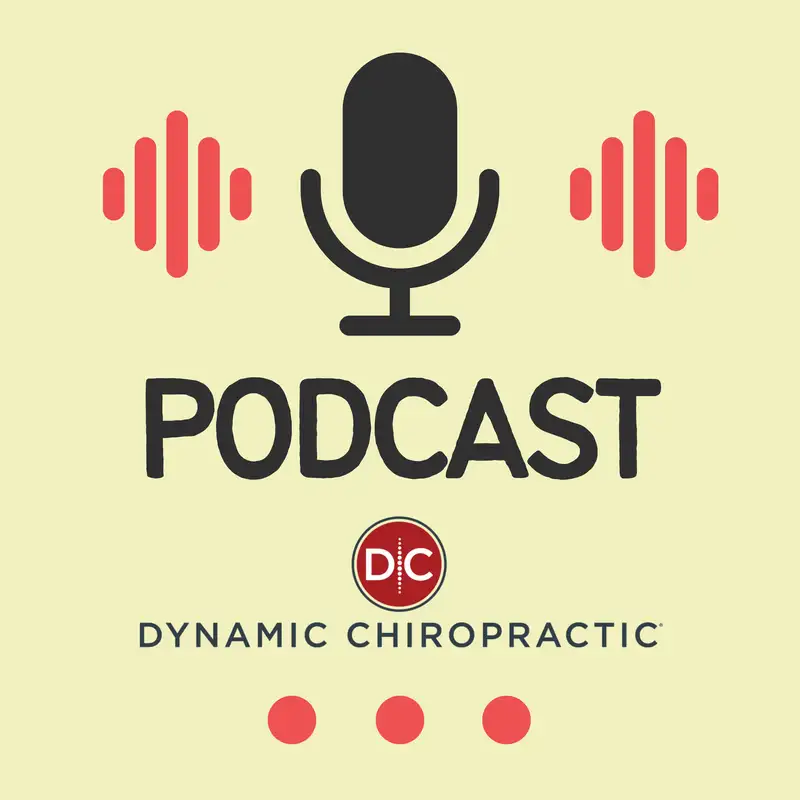From Microtrauma to Maladaptation: The Continuum of Soft-Tissue Injury
The article "From Microtrauma to Maladaptation: The Continuum of Soft-Tissue Injury" underscores the critical role of chiropractors as musculoskeletal experts in identifying and intervening in soft-tissue injuries before they become entrenched dysfunctions. It introduces the concept of microtrauma, where repetitive movements in athletes, like pitchers or swimmers, cause subtle, subclinical changes to structures such as rotator-cuff tendons, often without immediate acute symptoms. The body's initial protective neurologic compensation and adaptations, while beneficial short-term, can accumulate into long-term impairments if unchecked.
The article stresses that early detection and intervention are paramount to sparing athletes months of downtime and mitigating career-altering damage. Clinicians must be vigilant for subtle signs like asymmetries in range of motion or strength, early muscle fatigue, changes in movement patterns (e.g., scapular winging), and performance declines, even when pain is absent. A collegiate pitcher's case illustrates this progressive slide into dysfunction, leading to a partial-thickness tear. Addressing these early signs with neuromuscular re-education, soft-tissue work, and corrective exercise can avert long-term consequences and chronic conditions.
The article stresses that early detection and intervention are paramount to sparing athletes months of downtime and mitigating career-altering damage. Clinicians must be vigilant for subtle signs like asymmetries in range of motion or strength, early muscle fatigue, changes in movement patterns (e.g., scapular winging), and performance declines, even when pain is absent. A collegiate pitcher's case illustrates this progressive slide into dysfunction, leading to a partial-thickness tear. Addressing these early signs with neuromuscular re-education, soft-tissue work, and corrective exercise can avert long-term consequences and chronic conditions.

